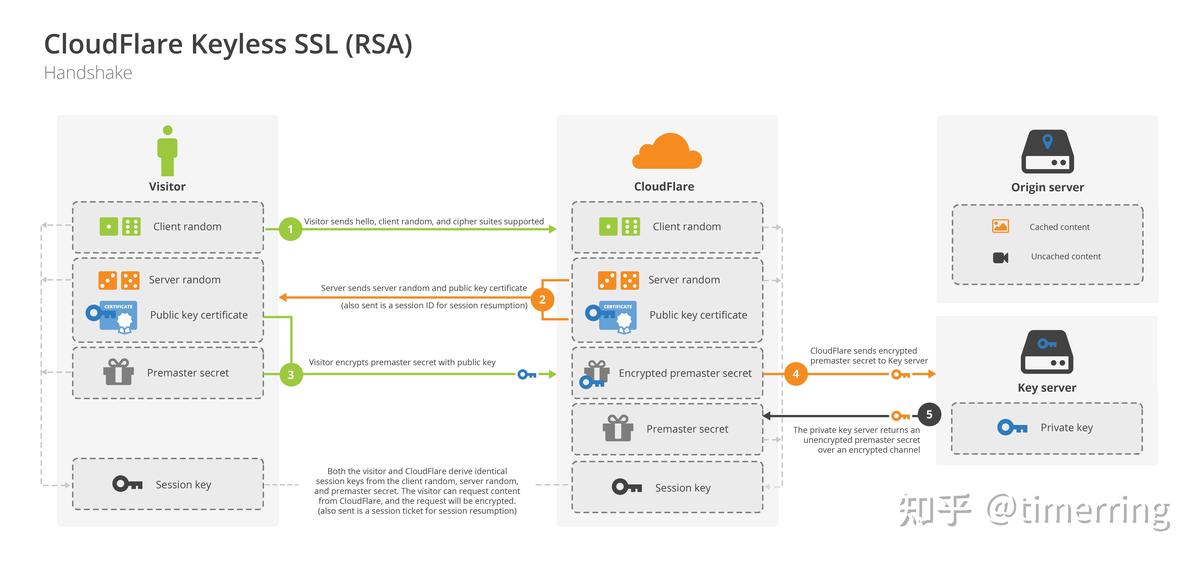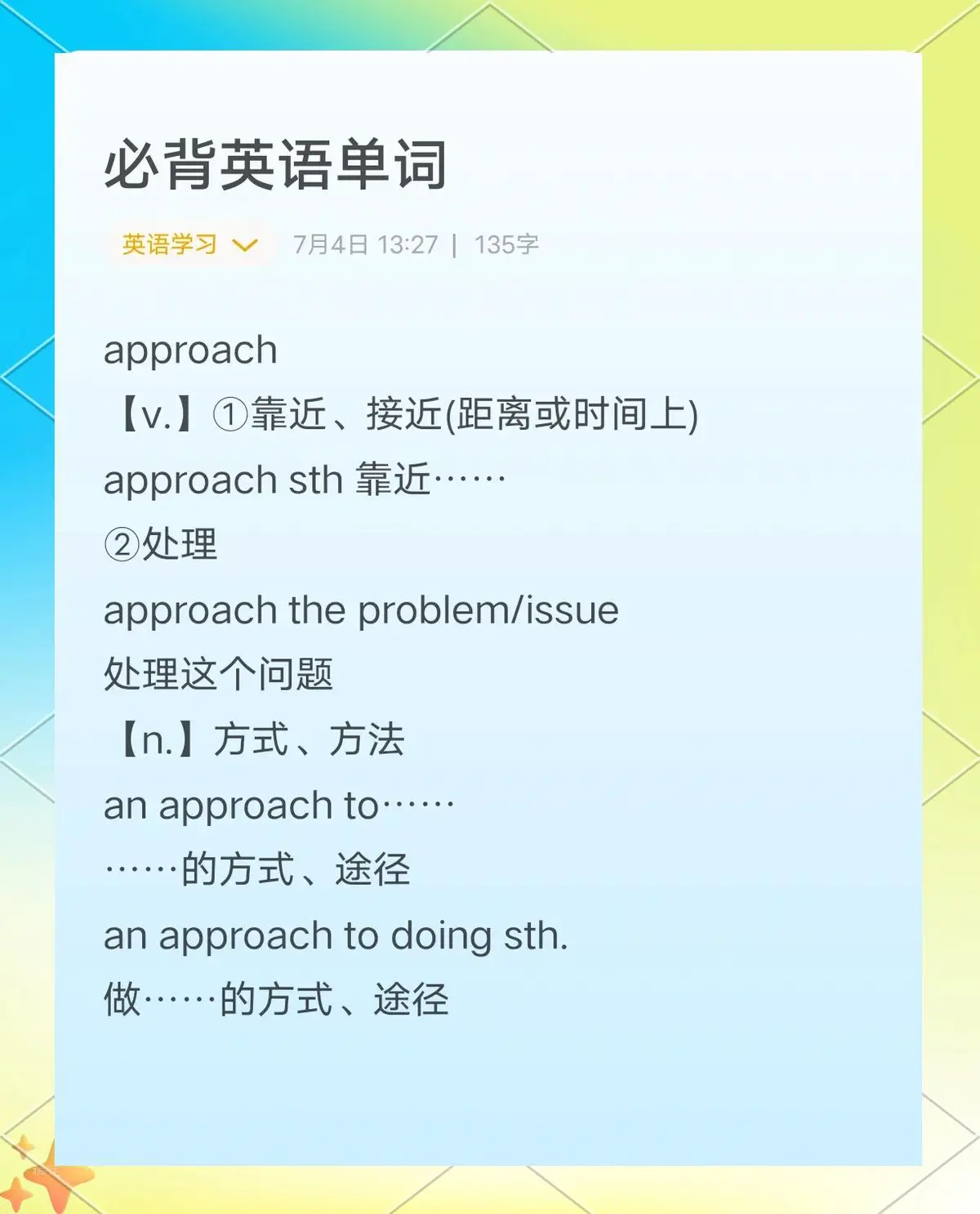

Correlation plays a critical role in modern trading and portfolio construction. By understanding and applying correlation effectively, traders can optimize risk-adjusted returns, identify hidden opportunities, and avoid unnecessary risks. In this in-depth guide, we will explore approaches to leverage correlation in trading strategies, compare different methods, highlight practical applications, and offer actionable insights for professionals, students, and retail investors alike.
What is Correlation in Trading?
Correlation measures the statistical relationship between two assets. In trading, correlation tells us whether assets tend to move in the same direction, in opposite directions, or independently of each other. The correlation coefficient ranges from -1 to +1:
+1: Perfect positive correlation – two assets move in the same direction.
0: No correlation – assets move independently.
-1: Perfect negative correlation – assets move in opposite directions.
Traders and portfolio managers leverage correlation to construct diversified portfolios, hedge risks, or design market-neutral strategies.
Why Correlation Matters in Quantitative Trading
Correlation is not just a statistical curiosity—it is a cornerstone of modern portfolio theory and algorithmic trading. Understanding correlation allows traders to:
Enhance Diversification: Reduce overall risk by combining assets with low or negative correlation.
Design Hedging Strategies: Use negatively correlated instruments to offset potential losses.
Identify Arbitrage Opportunities: Spot inefficiencies in highly correlated assets when they diverge temporarily.
Avoid Hidden Risks: Overlapping exposures can amplify drawdowns during market shocks.
For a deeper perspective, see How does correlation affect quantitative trading?, where we analyze its role in building robust systematic models.
Core Approaches to Leverage Correlation in Trading Strategies
- Pairs Trading
Pairs trading is one of the most well-known correlation-based strategies. It involves trading two historically correlated assets, betting that their price relationship will revert to the mean.
How It Works
Identify two assets with a strong historical correlation (e.g., stocks in the same sector).
Monitor their price spread.
If one asset outperforms and the spread widens, short the outperformer and go long on the underperformer.
Profit when the spread converges.
Pros
Market-neutral strategy, less dependent on overall market direction.
Exploits temporary inefficiencies.
Cons
Requires constant monitoring and statistical validation.
Correlations can break down in periods of market stress.
- Portfolio Diversification Using Correlation Matrices
A correlation matrix shows relationships between multiple assets. Traders and portfolio managers use these matrices to construct diversified portfolios.
How It Works
Collect historical returns of multiple assets.
Calculate correlation coefficients and construct a matrix.
Select assets with low or negative correlations to reduce portfolio volatility.
Example
A portfolio combining equities, commodities, and government bonds often benefits from reduced overall risk, since these assets react differently to economic events.
Pros
Improves long-term stability.
Reduces volatility and tail risk.
Cons
Correlations can shift dramatically during crises, limiting diversification benefits.
Requires frequent recalibration.
For practical implementation, see Where to find correlation data for quantitative strategies?, which highlights the best tools and datasets for correlation analysis.
- Factor-Based Correlation Models
Instead of analyzing raw price correlation, factor-based models examine how assets are correlated based on shared economic drivers (factors).
Examples of Factors
Market factor: General stock market movements.
Interest rate factor: Fixed-income sensitivity to central bank rates.
Commodity factor: Energy or raw material price exposure.
By identifying factor correlations, traders can build strategies that minimize hidden risks and enhance alpha generation.
Pros
Provides deeper insight into true risk exposures.
Helps avoid false diversification.
Cons
Requires complex modeling and advanced data.
Sensitive to assumptions about factor definitions.
- Cross-Asset Correlation Trading
This strategy involves trading across asset classes (e.g., equities vs. bonds, or FX vs. commodities) based on known correlation patterns.
Example
Traditionally, equity markets and government bonds are negatively correlated.
Traders may go long bonds and short equities in times of expected economic downturns.
Pros
Exploits macroeconomic relationships.
Provides hedging opportunities.
Cons
Correlations are regime-dependent and may change abruptly.
Requires strong macroeconomic understanding.
- Dynamic Correlation Models
Markets evolve, and so do correlations. Static correlation models may fail to capture real-time dynamics, so traders use adaptive methods like:
Rolling correlations (moving windows of historical data).
Dynamic Conditional Correlation (DCC) models.
Machine learning algorithms for adaptive correlation forecasts.
These allow traders to capture changing market relationships and adjust strategies dynamically.
Personal Experience: When Correlation Works—and When It Doesn’t
During my early years in quantitative trading, I relied heavily on correlation-based strategies like pairs trading. While initially successful, I learned an important lesson during periods of high volatility: correlations often break down when they are needed most. For example, during the 2020 pandemic crash, many assets that historically showed low correlations suddenly moved in the same direction, amplifying portfolio drawdowns.
This taught me that correlation should not be the only pillar of a trading strategy—it must be combined with risk management tools and stress-testing. Dynamic models and diversification across multiple factors (not just assets) proved to be more reliable.
Comparison of Approaches
Strategy Strengths Weaknesses Best For
Pairs Trading Market-neutral, exploits inefficiencies Breakdowns in correlation; requires constant monitoring Active traders
Portfolio Diversification Long-term stability, reduces volatility Correlation shifts during crises Investors, funds
Factor-Based Models Deeper insight into true risks Complex, data-intensive Professionals
Cross-Asset Correlation Trading Macro-based hedging opportunities Regime-dependent, can fail suddenly Macro traders
Dynamic Models Adapts to market conditions Computationally demanding Quant researchers
Recommendation: For most traders, a hybrid approach works best—combining diversification, pairs trading, and dynamic correlation models. This reduces reliance on any single assumption and creates more robust strategies.
FAQ (Frequently Asked Questions)
- How do I calculate correlation in quantitative models?
Correlation can be calculated using statistical tools like Pearson correlation coefficient or Spearman’s rank correlation. Most trading platforms (Python libraries like pandas or tools like Bloomberg/Excel) provide built-in functions to compute correlation between asset returns. For professional strategies, advanced models like DCC-GARCH can capture dynamic correlations.
- Why is correlation important in quantitative analysis?
Correlation is vital because it helps traders and investors understand how different assets behave relative to each other. This knowledge allows for risk reduction, portfolio optimization, and hedging strategies. Without correlation analysis, portfolios may be exposed to hidden risks due to overlapping exposures.
- How can I reduce correlation risk in my portfolio?
To reduce correlation risk:
Diversify across asset classes, geographies, and sectors.
Use hedging instruments such as options or inverse ETFs.
Implement dynamic correlation models to adjust exposures as market relationships evolve.
Avoid over-concentration in assets that behave similarly during downturns.
Conclusion
Leveraging correlation in trading strategies is both an art and a science. From simple pairs trading to advanced dynamic models, correlation offers powerful insights into asset relationships and portfolio risk management. However, correlations are not static—they evolve, especially in times of crisis.
The key takeaway: use correlation as a tool, not a guarantee. Combine it with sound risk management, factor analysis, and adaptive strategies to create resilient and profitable trading systems.
Correlation matrix example in trading strategies
| Strategy | Strengths | Weaknesses | Best For |
|---|---|---|---|
| Pairs Trading | Market-neutral, exploits inefficiencies | Breakdowns in correlation, requires constant monitoring | Active traders |
| Portfolio Diversification | Long-term stability, reduces volatility | Correlations shift during crises | Investors, funds |
| Factor-Based Models | Deeper insight into true risks | Complex, data-intensive | Professionals |
| Cross-Asset Correlation Trading | Macro-based hedging opportunities | Regime-dependent, may fail suddenly | Macro traders |
| Dynamic Models | Adapts to market conditions | Computationally demanding | Quant researchers |

0 Comments
Leave a Comment